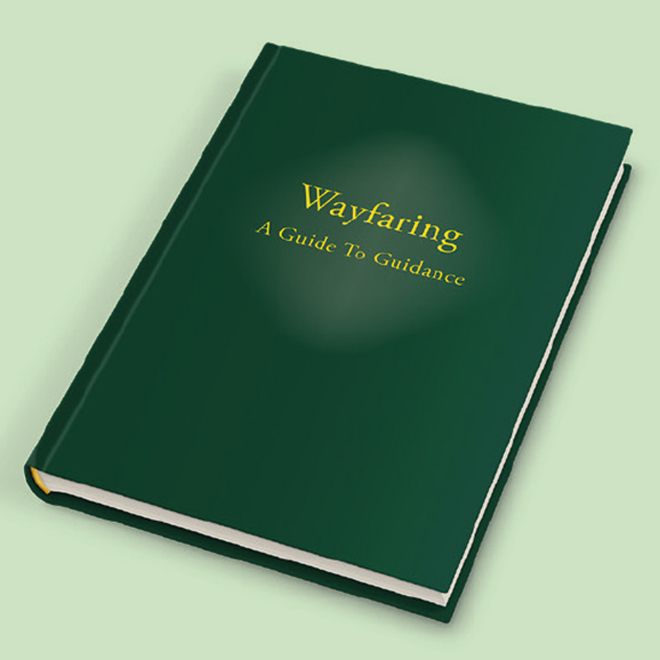'...we should be careful about ‘the’ scientific method.' Photo: Les Chatfield / flickr CC.
A life in science
Reg Naulty writes about a new book by Richard Dawkins
The second volume of Richard Dawkins’ autobiography is entitled Brief Candle in the Dark: My Life in Science and is more interesting than the first. As Dawkins has engaged in a herculean contest with religion, now, near the end of his life, one would expect his view of it to come through loud and clear.
